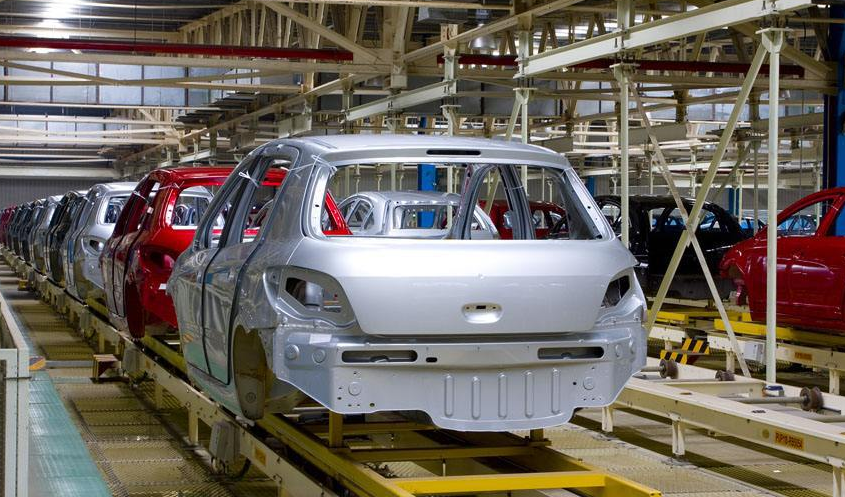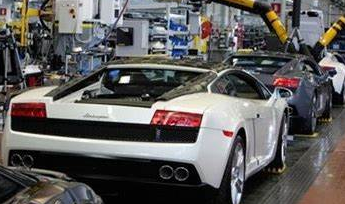Development history, current situation and future trend of automobile industry

Eu: In April 2019, the EU issued the "2019/631 document", which stipulates that the CO2 emissions of newly registered passenger cars in 2025 and 2030 will be reduced by 15% and 37.5% respectively on the basis of 2021, relative to the previous standard, the new policy is more stringent, and the electric transformation is the only way out.
1.China: In 2010, new energy vehicles as one of China's strategic emerging industries, the government has issued a comprehensive incentive policy, from the research and development link government subsidies, double points in the production link, financial subsidies in the consumption link, purchase tax exemption, use link unlimited license purchase, etc., the policy covers the entire life cycle of new energy vehicles.
2.Japan: As a country with a lack of resources and a high degree of external dependence on energy, Japan has long attached importance to the development and application of new energy vehicles, and in 2009, the Japanese Ministry of Economy, Trade and Industry proposed the "EV/PHEV city" initiative, the construction of electric vehicle demonstration areas in 18 regions, and promoted the full popularization of EV/PHEV from point to point, and has introduced a series of incentive strategies. It includes three aspects: strategic planning, financial subsidies and tax relief.
3.United States: During the Obama administration, promoting the development of new energy vehicles is an important aspect of energy policy, and a series of new energy policies and vehicle fuel standards have been formulated. Through the "Energy Independence and Security Program", tax breaks and bank loans are given to new energy vehicle manufacturers and new energy auto parts manufacturers.
Major auto market countries clear fuel vehicle ban schedule and new energy vehicle development goals, from the official disclosure data of various countries, new energy vehicles accounted for the proportion of new car sales, the EU 2030 35%, China 2025 25%, 2030 40%, Japan 2030 20%-30%, the United States 2025 15%.

Through the above analysis, we can draw the following conclusions:
1. From the perspective of the development status of the automobile industry, the automobile industry is in the mature stage and has the phenomenon of decline. However, the emergence of the demand for new energy vehicles will deconstruct the ceiling of industrial development and the automobile industry will enter a new industrial cycle.
2, from the perspective of national new energy vehicle policies, major auto market countries have launched industrial support policies to promote the development of new energy vehicle industry, the European Union is the most active, followed by China, followed by Japan, and the United States is conservative.
3, from the perspective of the development goals of new energy vehicles in various countries, the proportion of new energy vehicles in new car sales is expected to reach more than 30% in 2030, and the market prospect of new energy vehicles is broad.
- EMERSON
- Honeywell
- CTI
- Rolls-Royce
- General Electric
- Woodward
- Yaskawa
- xYCOM
- Motorola
- Siemens
- Rockwell
- ABB
- B&R
- HIMA
- Construction site
- electricity
- Automobile market
- PLC
- DCS
- Motor drivers
- VSD
- Implications
- cement
- CO2
- CEM
- methane
- Artificial intelligence
- Titanic
- Solar energy
- Hydrogen fuel cell
- Hydrogen and fuel cells
- Hydrogen and oxygen fuel cells
- tyre
- Chemical fiber
- dynamo
- corpuscle
- Pulp and paper
- printing
- fossil
- FANUC
- Food and beverage
- Life science
- Sewage treatment
- Personal care
- electricity
- boats
- infrastructure
- Automobile industry
- metallurgy
- Nuclear power generation
- Geothermal power generation
- Water and wastewater
- Infrastructure construction
- Mine hazard
- steel
- papermaking
- Natural gas industry
- Infrastructure construction
- Power and energy
- Rubber and plastic
- Renewable energy
- pharmacy
- mining
- Plastic industry
- Schneider
- Kongsberg
- NI
- Wind energy
- International petroleum
- International new energy network
- gas
- WATLOW
- ProSoft
- SEW
- wind
- ADVANCED
- Reliance
- YOKOGAWA
- TRICONEX
- FOXBORO
- METSO
- MAN
- Advantest
- ADVANCED
- ALSTOM
- Control Wave
- AB
- AMAT
- STUDER
- KONGSBERG
- MOTOROLA
- DANAHER MOTION
- Bently
- Galil
- EATON
- MOLEX
- Triconex
- DEIF
- B&W
- ZYGO
- Aerotech
- DANFOSS
- KOLLMORGEN
- Beijer
- Endress+Hauser
- MOOG
- KB
- Moxa
- Rexroth
- YAMAHA
- Johnson
- Westinghouse
- WAGO
- TOSHIBA
- TEKTRONIX


Email:wang@kongjiangauto.com



































































































































